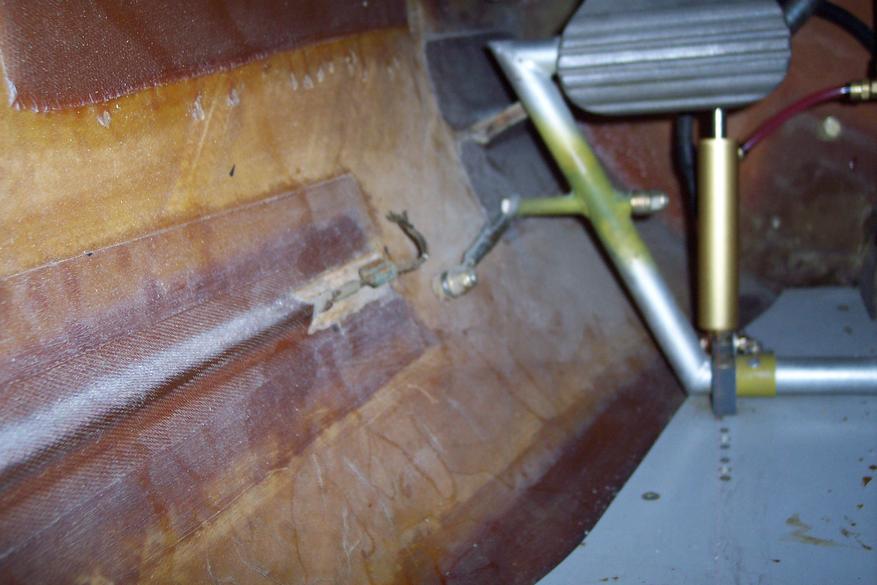Forums:
|
||||||||||||
|
The 235 plans didn't call for putting stops just beyond the maximum 
|
Welcome to the new LOBO Live! discussion forums. Please check out the tutorial and our Terms of Service.
|
||||||||||||
|
The 235 plans didn't call for putting stops just beyond the maximum 
|
Rudder pedal stops
Submitted by Anonymous on
Rudder pedal stops
Submitted by Anonymous on
Rudder pedal stops
Submitted by Anonymous on
Rudder pedal stops
Submitted by Anonymous on
Rudder pedal stops
Submitted by Anonymous on
Rudder pedal stops
Submitted by Anonymous on
Post a Reply